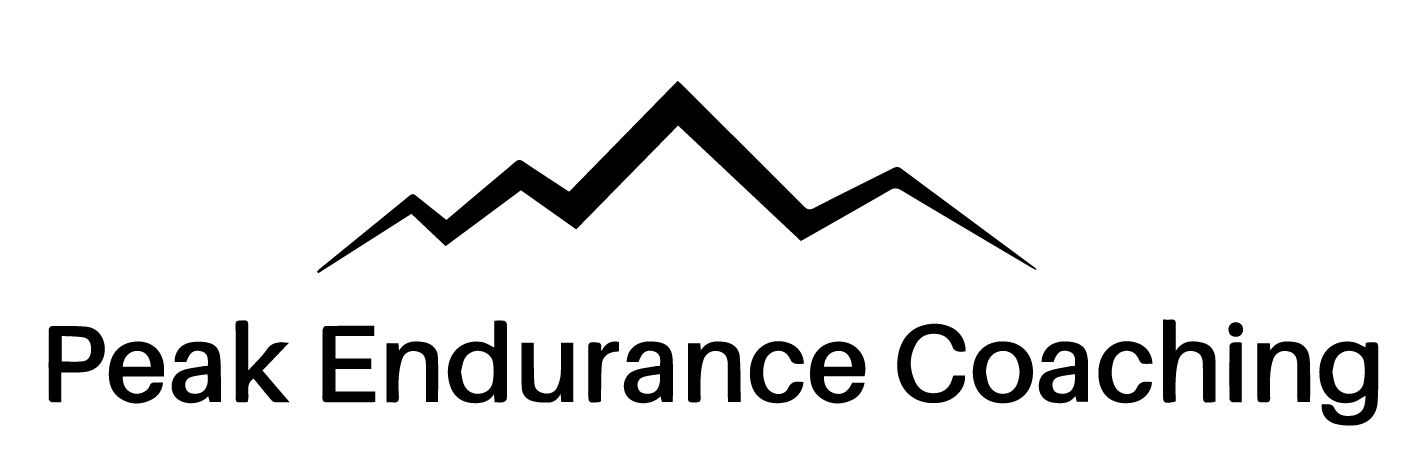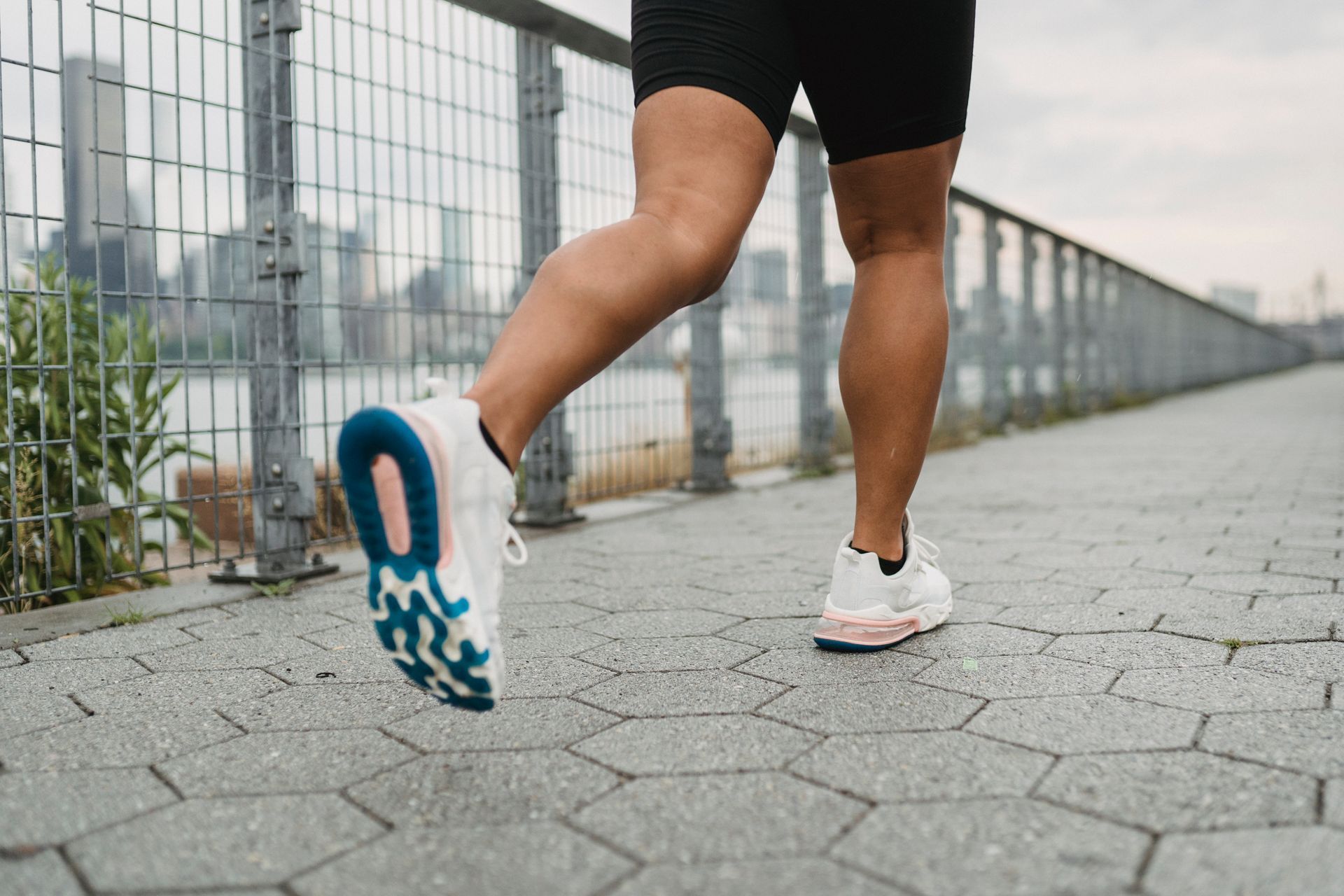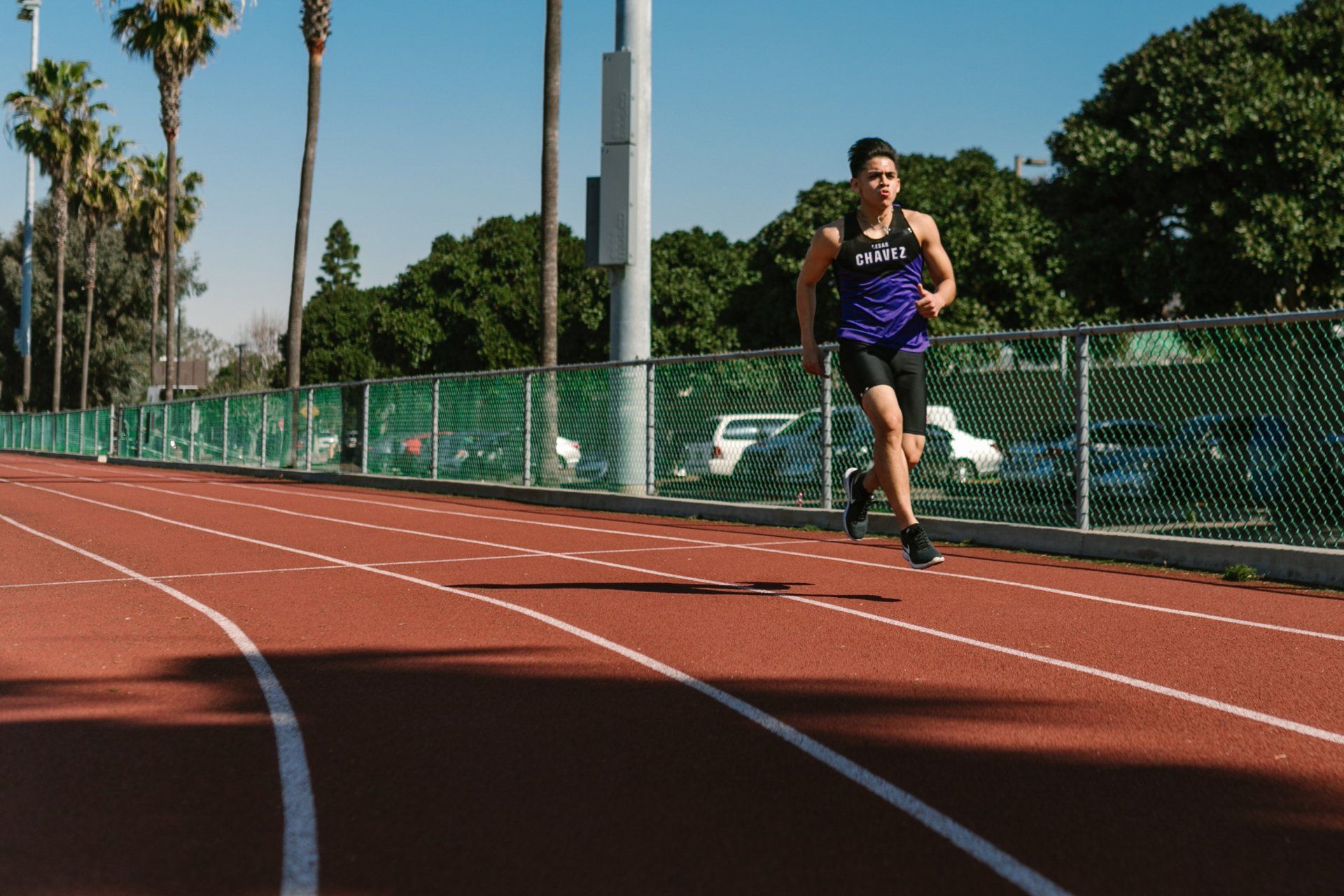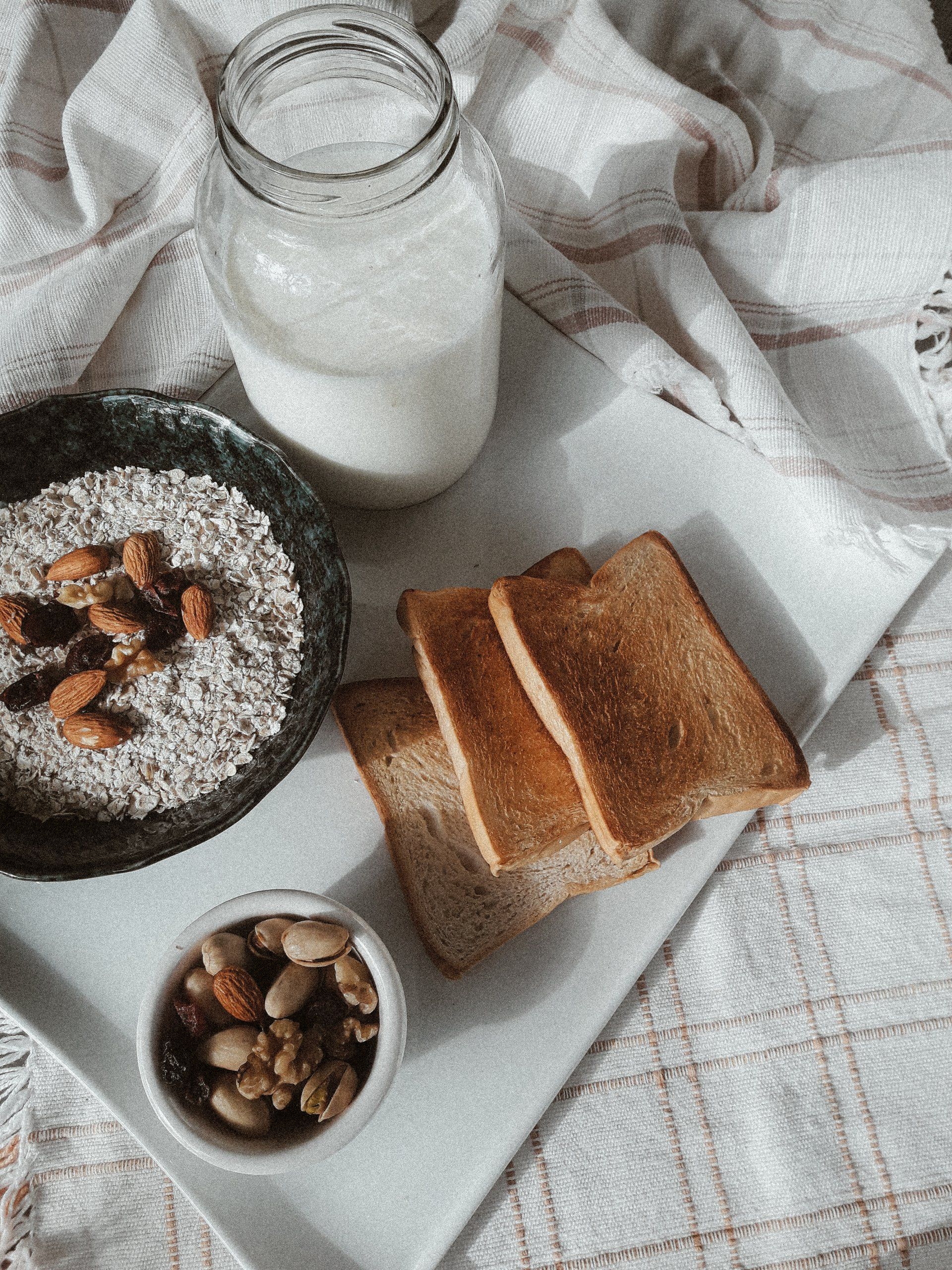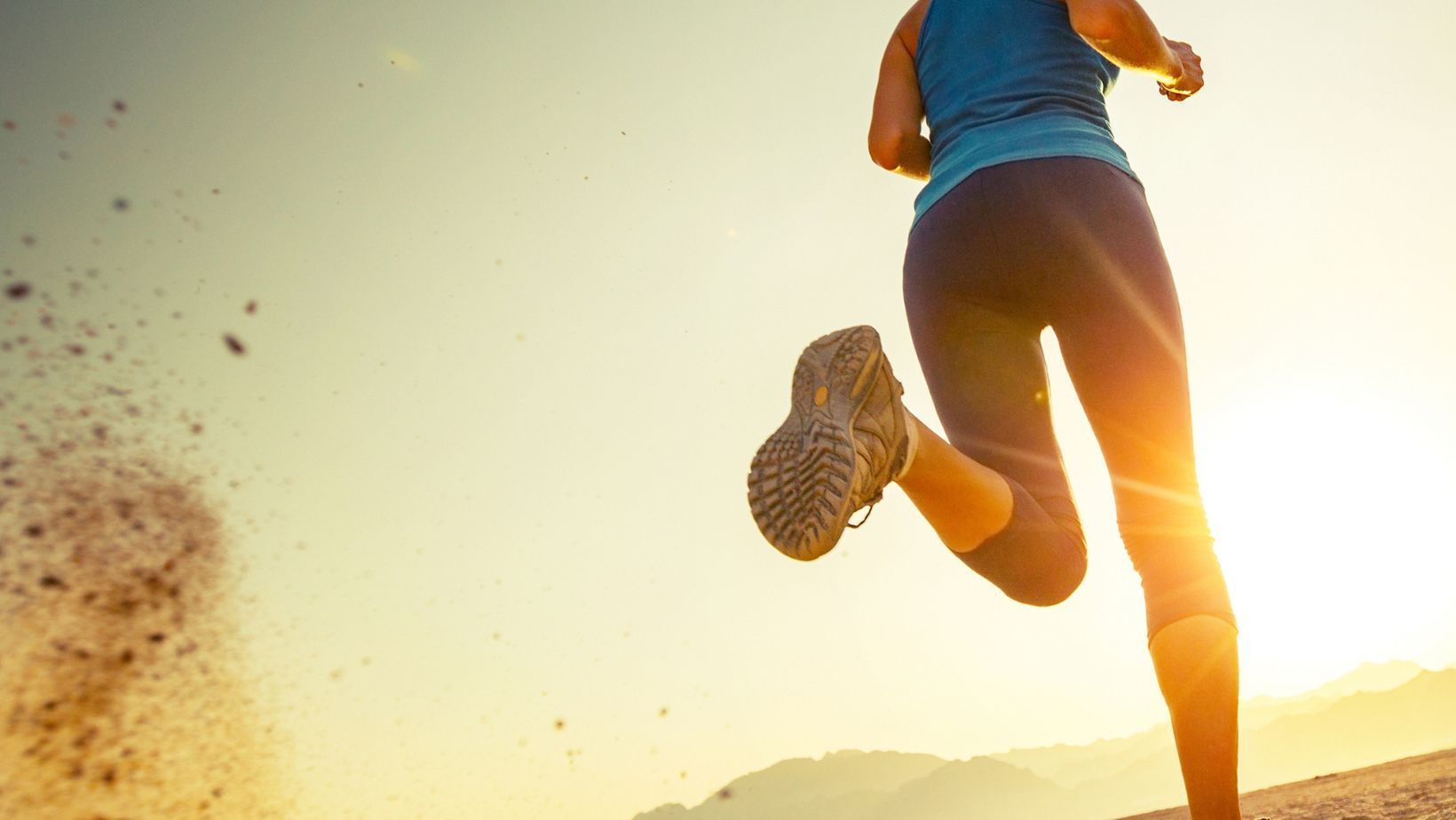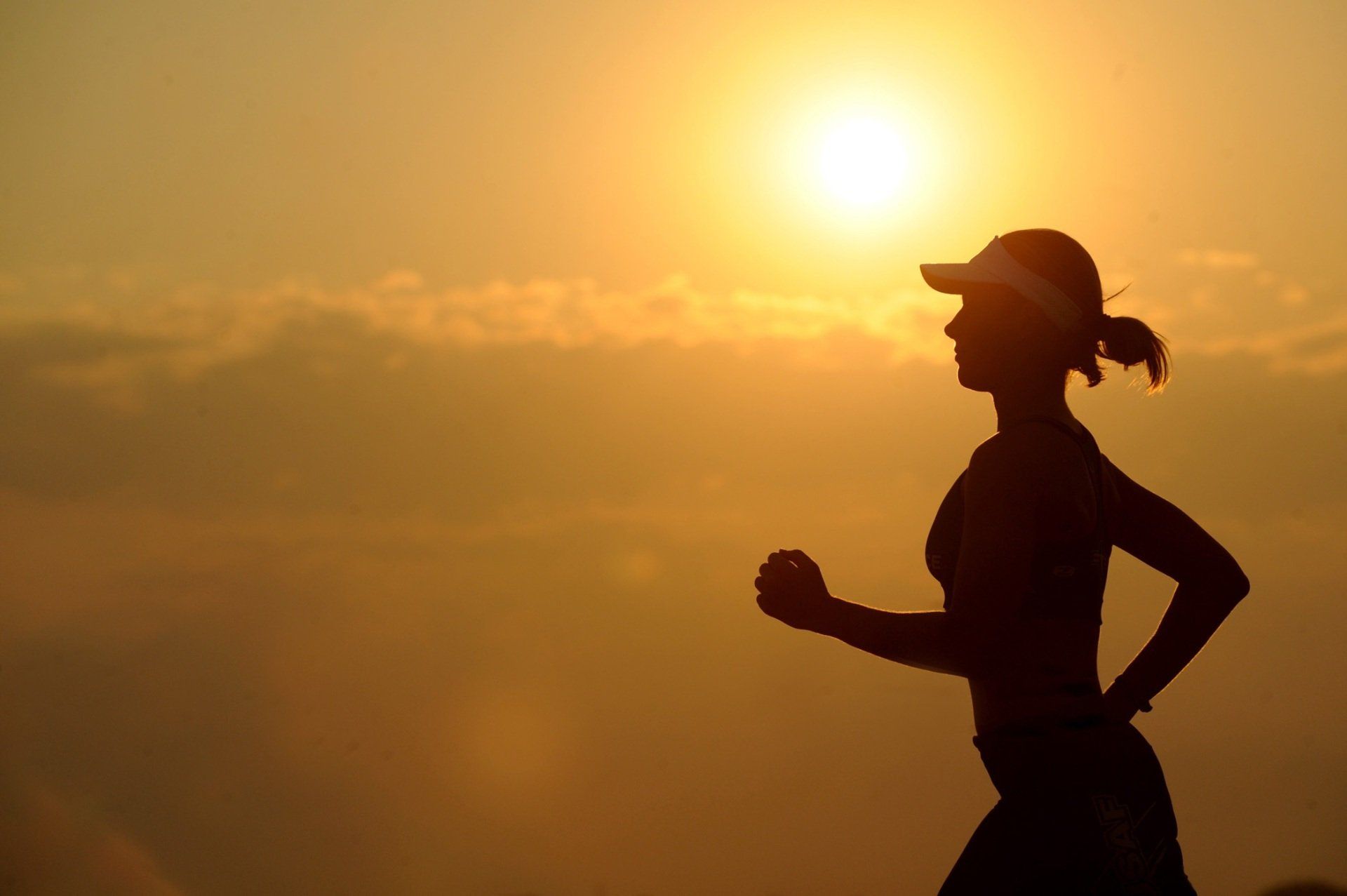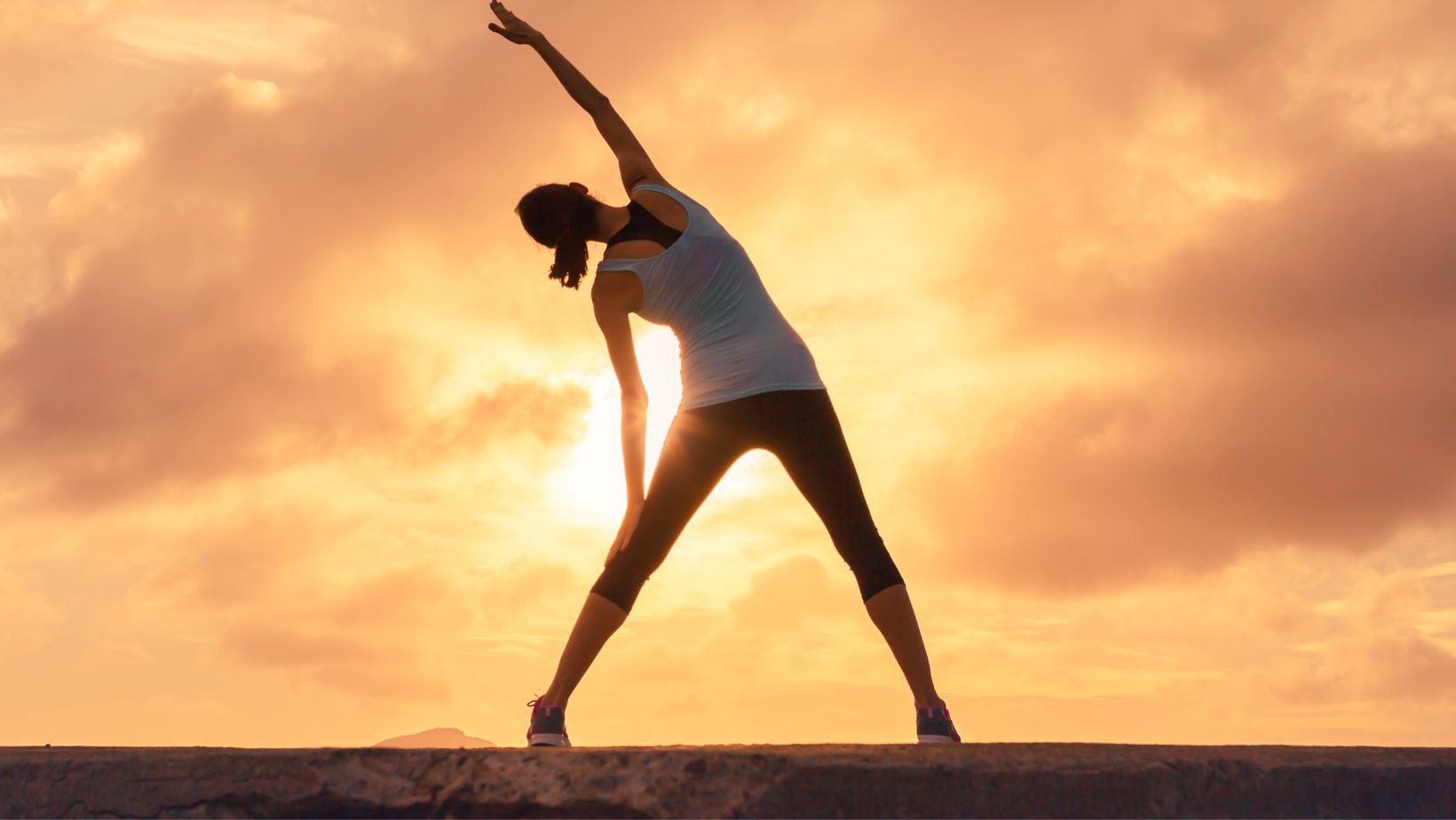Understanding the science of Delayed Onsets Muscle Soreness (DOMS).
What is DOMS and how can you prevent it?
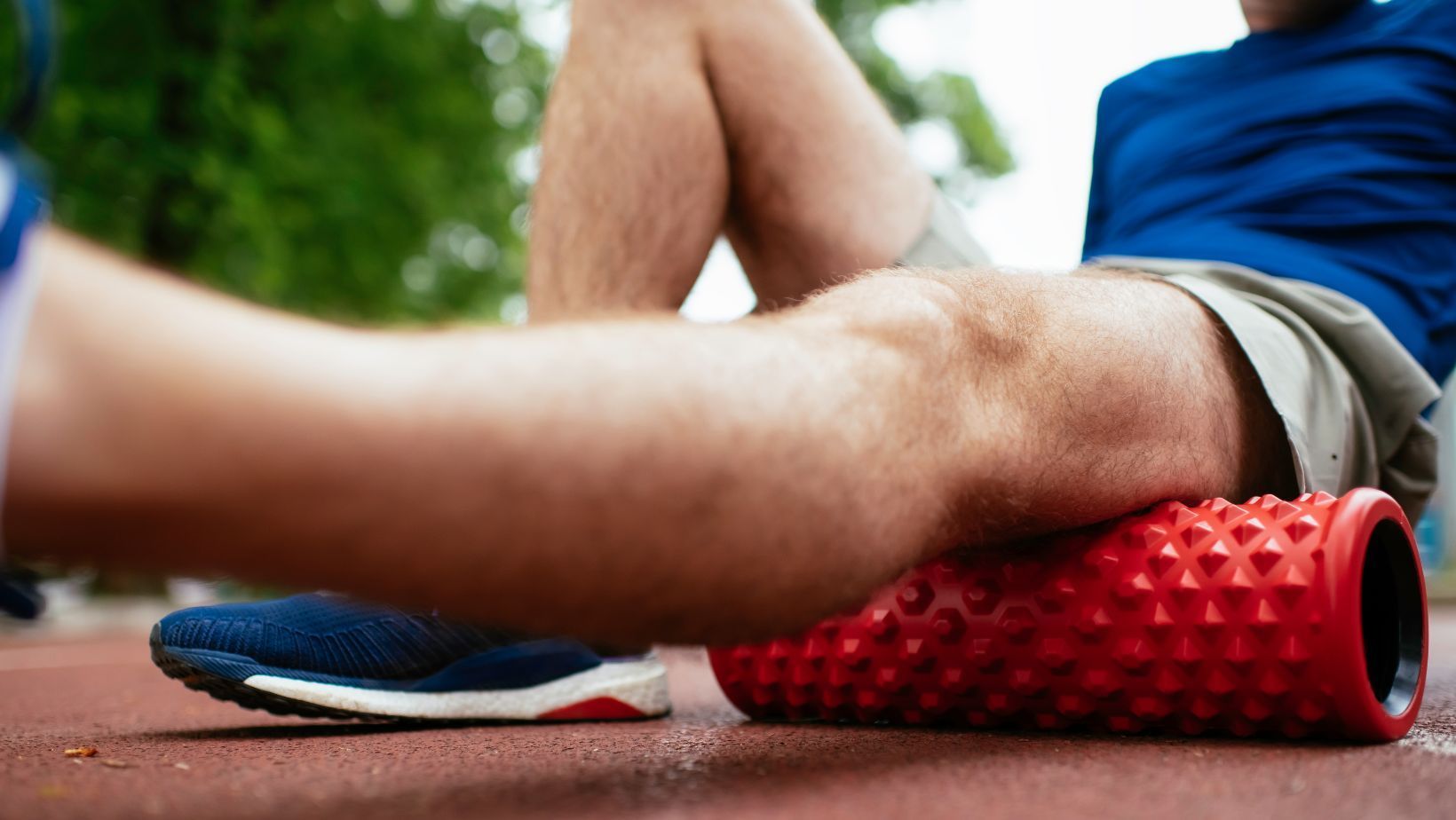
If you've ever experienced muscle stiffness and soreness a day or two after an intense quality session, long run in the hills or race, you've likely experienced delayed onset muscle soreness (DOMS). This common phenomenon can occur after any type of physical activity, especially when your body is exposed to new or more intense exercises. In this article, we will explore the science behind DOMS, its symptoms, prevention strategies, and treatment options to help you manage and reduce the discomfort associated with DOMS.
What is Delayed Onset Muscle Soreness (DOMS)?
Delayed onset muscle soreness (DOMS) is the pain and stiffness felt in muscles several hours to days after unaccustomed or particularly strenuous exercise. DOMS typically occurs after eccentric exercises, which involve lengthening the muscle while it is under tension, such as lowering a weight during a bicep curl or running downhill. The soreness is usually at its peak between 24 to 72 hours after the exercise and subsides within a week.
The Science Behind DOMS
DOMS is thought to be a result of microscopic damage to muscle fibres caused by eccentric exercise. This damage triggers an inflammatory response and increases the sensitivity of pain receptors in the affected muscles, leading to the sensation of soreness and stiffness.
When your muscles are exposed to new or more intense exercises, they experience stress, leading to micro-tears in the muscle fibres. The body then begins the process of repairing and rebuilding the damaged fibres, which ultimately results in stronger and more resilient muscles. This process is a natural part of muscle adaptation and growth, but it can cause temporary discomfort and soreness.
Symptoms of DOMS
The primary symptom of DOMS is muscle soreness that begins several hours after exercise and peaks within 1-3 days. Other symptoms may include:
- Muscle stiffness and reduced range of motion
- Temporary decrease in muscle strength
- Swelling in the affected muscles
- Muscle tenderness when touched
- Fatigue
Preventing DOMS
While it is not always possible to prevent DOMS, there are strategies that may help reduce its severity:
- Gradual progression: Increase the intensity, duration, and frequency of your workouts gradually to allow your muscles to adapt to the new demands.
- Warm-up: Perform a proper warm-up before engaging in intense or unfamiliar exercises to prepare your muscles for the upcoming activity.
- Eccentric training: Incorporate eccentric exercises into your training routine to help your muscles become more resistant to DOMS.
- Proper nutrition: Consuming adequate protein and nutrients can support muscle repair and recovery, possibly reducing DOMS severity.
- Stay hydrated: Dehydration can exacerbate muscle soreness, so be sure to drink enough water before, during, and after exercise.
Treatment Options for DOMS
While there is no one-size-fits-all cure for DOMS, the following strategies may help alleviate the symptoms:
- Rest: Allow your muscles time to recover and repair by taking a break from the activity that caused the soreness.
- Active recovery: Engaging in low-intensity, low-impact exercises, like walking or swimming, can help increase blood flow to the affected muscles and reduce soreness.
- Massage: Massaging the affected muscles can help reduce muscle stiffness and improve circulation.
- Foam rolling: Using a foam roller or massage ball (preferably) to perform self-myofascial release can help alleviate muscle tightness and soreness.
- Heat and cold therapy: Applying heat or cold to the sore muscles can help relieve pain and inflammation. Alternating between hot and cold packs may also be beneficial.
- Pain relievers: Over-the-counter anti-inflammatory medications, like ibuprofen, can help reduce pain. However, it is best not to resort to painkillers as this can lead to you doing too much and creating more soreness in an endless loop!
Top 1-5 mistakes that raise the risk of DOMS and muscle injury.
- Skipping Warm-up and Cool-down: One of the most common mistakes people make is neglecting the warm-up and cool-down phases of their run. A proper warm-up prepares the muscles for the demands of exercise and increases circulation, reducing the risk of injury and DOMS. Similarly, a cool-down helps your body gradually return to its resting state, promoting recovery and reducing muscle stiffness.
- Overtraining: Overtraining or doing too much too soon can lead to DOMS and increase the risk of injury. Gradual progression is essential in any fitness program. If you are new to running or have taken a break, start slowly and gradually increase the intensity and duration of your runs.
- Neglecting Hydration and Nutrition: Proper hydration and nutrition play a crucial role in muscle health and recovery. Dehydration can exacerbate muscle soreness and impair recovery, while inadequate protein and nutrient intake can hinder muscle repair and growth, increasing the risk of DOMS and injury.
- Not Listening to Your Body: Ignoring the signs of fatigue and pushing through pain is a common mistake that can lead to DOMS and injury. While some discomfort is common during running, pain is a signal from your body that something is wrong. If you feel sharp or persistent pain during or after a run, it's essential to rest and seek medical advice if necessary.
